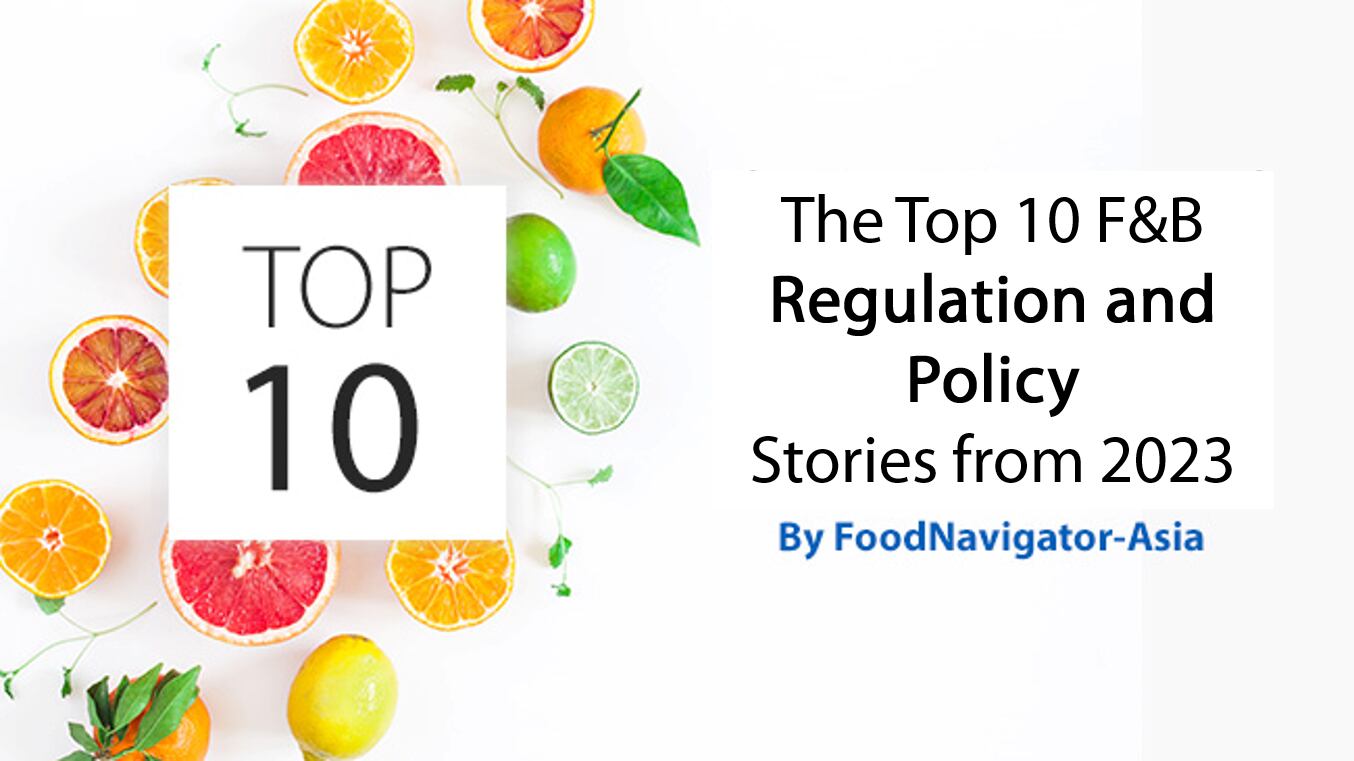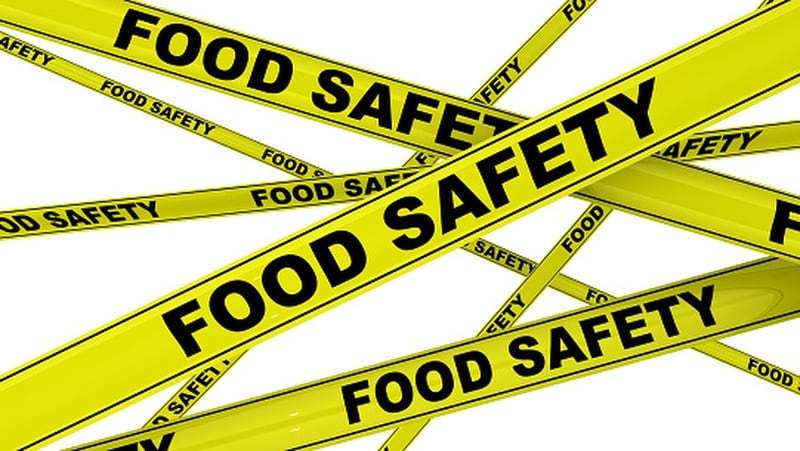EU Deforestation Regulation impacts likely to be hardest on trade
The EU Deforestation Regulation (EUDR) was approved in parliament in late 2022 and came into force in June 2023 and has been the subject of various protests, debates and international-level discussions at the World Trade Organisation (WTO) since.
Many complaints have surfaced regarding a lack of clarity regarding the sustainability criteria and how countries can stay off the dreaded ‘high-risk deforestation’ list which would subject them to additional costly and complicated processes.
Despite this, the EU has persisted on this course, and all affected companies will fully feel the impacts of this by the end of 2024 when the 18-month transition period given comes to an end, particularly those dealing in affected commodities such as palm oil, coffee and cocoa.
At a time when many markets and consumers are already heavily affected by inflationary pressures and financial instability, many experts believe that there is likely to be upcoming significant impact on the trading of these products, which in turn means further impacts on end-product prices.
“A lot of the cocoa produced in Asia is imported by markets all over the world including in the west, and including the EU,” ofi Head of Cocoa Sustainability Andrew Brooks said.
“There are a large number of trade relationships involved here, and the main risk of the EUDR is to the supply chain and movement of cocoa-based items all over the world and there are likely to be end-product cost implications as a result.
“I have said that there is potential of this turning into a two-tier market where one tier supplies cocoa to the EU and one to the rest of the world, in response to the EUDR – and this is where in the long run pricing is likely to go up [without clarity on who will absorb this].”
Roundtable on Sustainable Palm Oil (RSPO) CEO Joseph D’Cruz concurred, adding that the widespread use of palm oil, especially in the food and beverage industry, means that it would be near-impossible to expect product prices to be unaffected if major costs are added to the supply chain in this manner.
“Palm oil is vastly more important than many people realise, because it is more or less invisible in many of our food systems,” he told us.
“Despite this, there can be no doubt that it powers a lot of manufacturing processes in the food sector – think of pizza bases, ramen noodles, cookies, cakes, even some beverages. Many of these have palm oil as an integral component, and the fact is that many of these products are very common, everyday ones in western markets, yet consumers don’t realise the importance of palm oil here.
“So trying to segregate supply chains and impose stricter conditions and more red tape even for the right intentions [is likely] creating barriers that may have food availability and cost implications for consumers, even though these may be unintended.”
Asian governments paying closer attention to governing nutritional labels and packaging of pre-packaged foods
The past year has seen a wave of Asian countries step up attention to the governance of what goes on nutritional labelling as well as the packaging content of pre-packaged food items, a trend driven by sustainability goals but expected to have impacts that extend well into 2024.
One example was Vietnam, which announced in June 2023 that it would be implementing regulations mandating the display of nutritional labelling according to national standards, moving on from the voluntary system that was in place previously which had only succeeded in getting just 60% of the food industry to display such labels, mostly large MNCs.
South Korea also implemented new regulations mandating the inclusion of specific nutritional information on the labels of food and beverage products and for these details to be registered via an online platform, even publishing a 50-page-long guidance manual to help local manufacturers cope with these changes.
Beyond these, the Philippines also announced changes to sodium content limits and the display of caloric values on pre-packaged processed food products in 2023 to complement its existing regulations mandating nutritional labelling displays.
“There are many countries in the region with regulations [mandating international standards for] nutritional labelling including Thailand, Malaysia, Indonesia, Singapore, Japan and so on, therefore markets that [are not yet aligned] with these standards such as Vietnam are realising the need to make changes to keep up,” Vietnam Deputy Minister of Health Do Xuan Thuyen said.
“This is important as it is a professional step towards ensuring consumer confidence and also international integration of the respective national products.”
In terms of packaging, the most proactive government in terms of drawing up and implementing packaging-related regulations has been China, which has long been working to control not just the material but also the amount of packaging used by food and beverage manufacturers under its excessive packaging regulations.
In 2023, the government officially extended this regulation from beyond packaged foods and festive items to also include fresh foods, agricultural produce and all foods purchased via e-commerce, topping this off with a guidance booklet.
“There is now a legal basis that mandates all businesses producing and managing [food and beverage] products need to adhere to and ensure that the packaging they use is appropriate, rational and standardised according to market supervision,” the State Administration for Market Regulation stated.
“This provides a clear process for industry to follow, and to ensure that no more excessive packaging of food products will be allowed in the market.”
With all of these regulations having just been introduced in 2023, the full impact of their implementation is likely to be felt in the coming year, not to mention that more markets are also following suit such as Taiwan which has already opened public comment since August 2023 regarding regulations to enforce tougher conditions on nutritional labels to prevent ‘hidden’ claims.
New Zealand Grocery Code of Conduct hoped to bring a brighter year ahead for food industry
The food industry in New Zealand rejoiced earlier this year when the government announced the development of the country’s first Grocery Code of Conduct, after a battle of over a decade to establish this.
This battle was led by New Zealand Food and Grocery Council (NZFGC) in a quest to break the supermarket ‘duopoly’ in the country held by Woolworths New Zealand/Countdown and Foodstuffs.
The code was finally developed and published in September 2023, launched by Minister of Commerce and Consumer Affairs Dr Duncan Webb and carrying hefty monetary penalties for supermarkets breaching the terms of the code.
Despite this laudable breakthrough achievement, the fight is not exactly over for the industry as the code and its implementation is a new process for everyone involved, and it will certainly take time before it can be concluded that it has met its purpose for the food and beverage sector to really reap the benefits.
“The Code is definitely a long-awaited step going a long way to creating a better and fairer grocery sector, we continue to examine it in detail and [have also been] holding a comprehensive training programme on this for food firms,” NZFGC Chief Executive Raewyn Bleakley told us.
“This is [because] the grace period for the regulated retailers to make changes to their supply agreements and negotiate with [the food companies] on these changes ends on 28 March 2024, [and we need] to ensure that the industry has a robust understanding of not only the legal requirements of the code [and] are able to negotiate from a position of knowledge.
“We still expect that this code will be administered by the Commerce Commission [where the Grocery Commissioner sits in] in the long term.”
As such, local food and beverage firms will need to ensure that they are up to date with their knowledge of the code and their rights and get their contracts adjusted where plausible by March 2024, so this code is definitely going to have a significant impact on the sector moving ahead into the new year.
ASEAN food regulatory ‘harmonisation’ is no more? Now officially moving on to ‘alignment’ instead
For many years, the food and beverage industry in South East Asia has attempted to achieve so-called ‘harmonisation’ of the various countries’ food regulations – but this mammoth task appears to have come to a full standstill after the COVID-19 pandemic.
According to Food Science and Technology Association of Thailand (FoSTAT) President and Mahidol University Deputy Director Assistant Professor Anadi Nitithamyong who has been present at the heart of these negotiations, it does not appear that ASEAN food regulatory harmonisation will be on the cards any time soon.
“I wouldn’t say that it’s not going to happen or we’ve entirely given up on this, but it’s been a hard path and now we are definitely seeing alignment as the way to go instead of harmonisation for now,” she told us.
“There have still been workshops and discussions going on, but the fact is that there are many regulators from many countries, and there have been many chats but the results have been minimal.
“The fact is that food regulations are not 100% science-based, so it’s not all black and white, right and wrong – so we are trying to do things more stably and hence are looking at better alignment, by implementing initiatives such as better nutrition labelling in the region, and aligning the standards for each market’s Healthier Choice logos.
She also highlighted that the fastest, most efficient way right now to go about improving health and wellness in diets is via innovation.
“This is particularly so for industry players and brands that want to promote and improve the well-being of their consumers, as it is via the innovation from these players that the most widespread change can be made,” she said.
“In Asia, the key to remember is that taste is so much more important than it is in many other markets, and it is also the trickiest to innovate with, but if change can’t be made from a regulatory point of view it is crucial that innovation can step in from the industry aspect.”
Sugar governance showing results but salt tax still in limbo
Sugar taxes and governance were all the talk of the town in the food and beverage sector before the pandemic took over, but although this area has somewhat quietened down in the past couple of years, some results in the form of new product innovations have come front and centre.
For instance, Singapore implemented its Nutri-Grade traffic light labelling system for sugar-sweetened beverages in late-2022 after much delay by the pandemic, and in just over a year many beverage brands have moved to create lower-sugar options or reformulate their products to reduce sugar content.
Local tea firm Gryphon Tea for example launched reformulated editions of its RTD tea range to earn higher Nutri-Grade ratings; and zero-calorie liquid sweetener brand Zerup also launched a range of products to help more beverages go zero-sugar and boost their Nutri-Grade ratings too.
“The provision of a healthier option is really a win-win proposition, so industry can [reformulate in a way to] reach out to a more health-conscious group of consumers whilst also giving existing consumers the same taste in an improved formulation,” Gryphon Tea Founder Lim Tian Wee told us.
“The regulators have played a big part here in ensuring that manufacturers give consumers more information regarding what is in the products so they can make more informed decisions, and going forward all new formulations of our [RTD tea line] will have no added sugar.”
This does not mean that Nutri-Grade has reached all of its goals though – a new study has revealed that although it has had impact on encouraging consumers to choose beverages with higher ratings, there is still work to be done in terms of helping with overall health and dietary choice improvements.
“Overall diet quality has not yet shown an improvement [attributed to Nutri-Grade], likely because beverages account for a small part of the total shopping basket only,” Duke-NUS Professor of Health Services and Systems Research Professor Eric Finkelstein said.
“This reveals the limits of [focusing] only on pre-packaged beverages – the government has recognised this and will be expanding Nutri-Grade to freshly prepared beverages by the end of 2023.”
In terms of sodium taxation, Thailand has been discussing the implementation of this for several years, an initiative the government has stood firm on despite the attempts of industry and academia to dissuade this move.
“Both the food industry and us in academia have told them it is not easy to just abruptly cut sodium like that, so taxation is not a suitable option,” Prof Nitithamyong said.
“It is key to remember that salt and sugar are very different, as salt is very diverse and has a lot more functions in the body. It is also near-impossible to remove in Thailand considering it is present in everything from soy sauce to fish sauce to salted fish, whereas for sugar it was easier as they just needed to target the sugar-sweetened beverages.
“Thailand is also a country very well-known for its street food, and just about every item here as well as in regular foodservice has some form of salt involved – how is it going to be possible to make regulations surrounding all of these, and still expect consumers to familiarise themselves with the taste as well as eat healthy, nutritious diets.”
Although many new options have been suggested as salt alternatives, she stressed that there is much more to it than swapping from A to B.
“The most common alternative we hear of is potassium chloride, but this is not cheap and also has health concerns for those with kidney or heart conditions so it is not a suitable direct swap for salt,” she said.
“There’s also things like glutamates of course, but there are still concerns amongst academics and consumers regarding the safety of consuming too much of these so we cannot ask everyone to just make that change either.”
With no direct alternative found as yet, this debate is likely to continue for Thailand into 2024 – and it appears that more markets are about to join it, with high sodium consumption having emerged for various other markets that have soy sauce as a key condiment in diets such as China and Japan.





